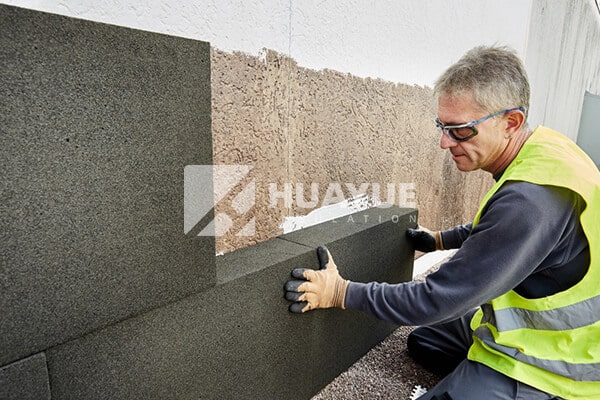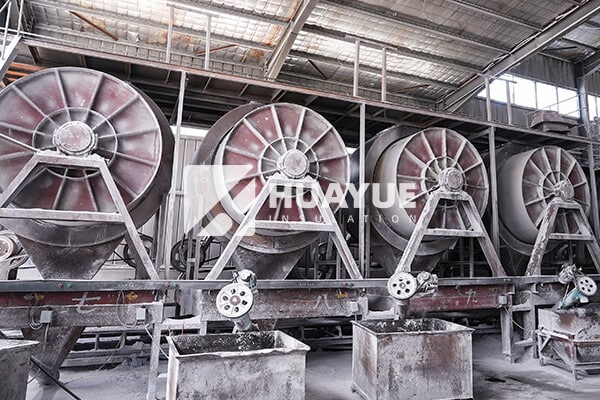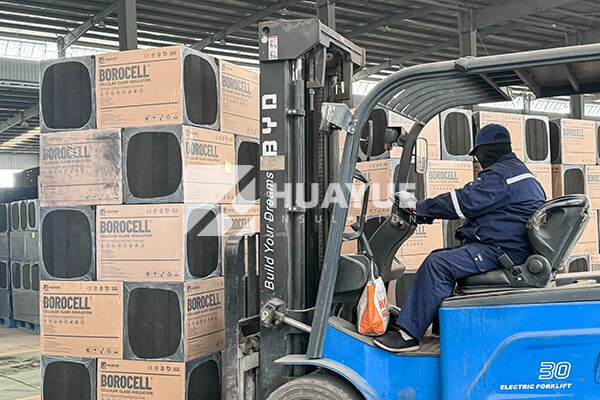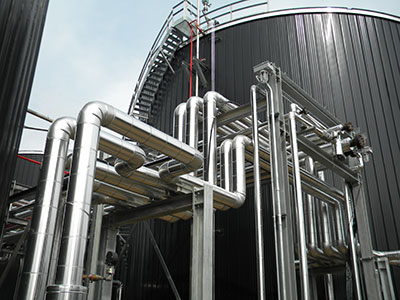Some people believe that walls need to “breathe” to prevent mold and ensure a healthy indoor climate, but this is a myth rooted in old building traditions.
Walls themselves do not need to “breathe.” High indoor air quality and moisture control are achieved through intentional ventilation and good insulation, not mysterious wall properties.

You might wonder why the legend of “breathing walls” still exists. The idea began over a century ago, shaping how many people think about indoor air and insulation. When I learned the true science behind it, I realized that modern materials like HUAYUE foam glass have transformed how we approach wall construction and energy efficiency.
Where Did the “Breathing Wall” Idea Come From?
The myth that walls need to breathe dates back to 19th-century experiments and has influenced building habits for generations. In the 1800s, Max von Pettenkofer conducted a simple experiment: he blew out a candle with a funnel through a brick. He concluded air could travel through porous walls and help clean indoor air. What he missed was that significant overpressure forced the air through — something that doesn’t happen in daily home life. Recent advances prove brick, cement, and plastered walls are just as airtight as solid concrete or modern prefabricated panels. Even when you add insulation, it doesn’t affect air exchange because none is happening through an intact wall in the first place.

Examining the Real Physics of Air Movement
I know it sounds reasonable to think walls should allow some airflow, but my own experience — re-insulating my family home and measuring moisture before and after — taught me the truth. An insulated, professionally finished wall forms an effective air barrier. Wind and weather can’t push air directly through, and modern building codes demand it.
Should My Wall Remove Moisture?
Many people think walls must “breathe” to handle moisture, but this is not the case with modern insulation materials like HUAYUE foam glass. Room humidity and moisture are managed by ventilation, not by letting walls transfer water vapor. Most moisture — up to 98% — leaves a room when you ventilate, either by opening windows or using a mechanical ventilation system. Water vapor diffusion through materials accounts for as little as 2% of the removal process.

How Moisture Movement Really Works
I once watched as a team tested two identical rooms, one with plastered brick and one with HUAYUE foam glass insulation. Both rooms stayed dry when properly ventilated; neither showed extra condensation or mold. The wall material’s ability to absorb or hold vapor, called “buffering,” is only relevant for extreme peaks in humidity.
Building codes like Germany’s DIN 4108 specify the main goal: walls don’t need to “breathe” for healthy indoor air. Instead, interiors should have materials that buffer moisture at the surface, along with controlled room ventilation.
Do Modern Insulation Systems “Suffocate” a Building?
You might worry that thick insulation or foam glass could make walls “too tight,” risking mold or stale air. This concern is common when upgrading old buildings with new materials. With HUAYUE foam glass insulation, you don’t need to fear stuffiness or trapped moisture. This material creates an airtight envelope that saves energy and prevents condensation. When paired with regular ventilation — either from windows or modern ventilation systems — you keep walls warm and stop moisture from becoming a problem. Cold, uninsulated walls, by contrast, encourage condensation and constant heat loss. ### Why Airtightness Offers Healthier Buildings When I completed a renovation using HUAYUE foam glass, inspectors found no evidence of dampness or air leaks after several years. Since then, I’ve seen how airtight construction results in more comfortable, healthier living spaces.
Conclusion
Walls don’t need to “breathe” for a healthy or energy-efficient building. Modern insulation like HUAYUE foam glass, combined with good ventilation, makes for safer, longer-lasting structures.

